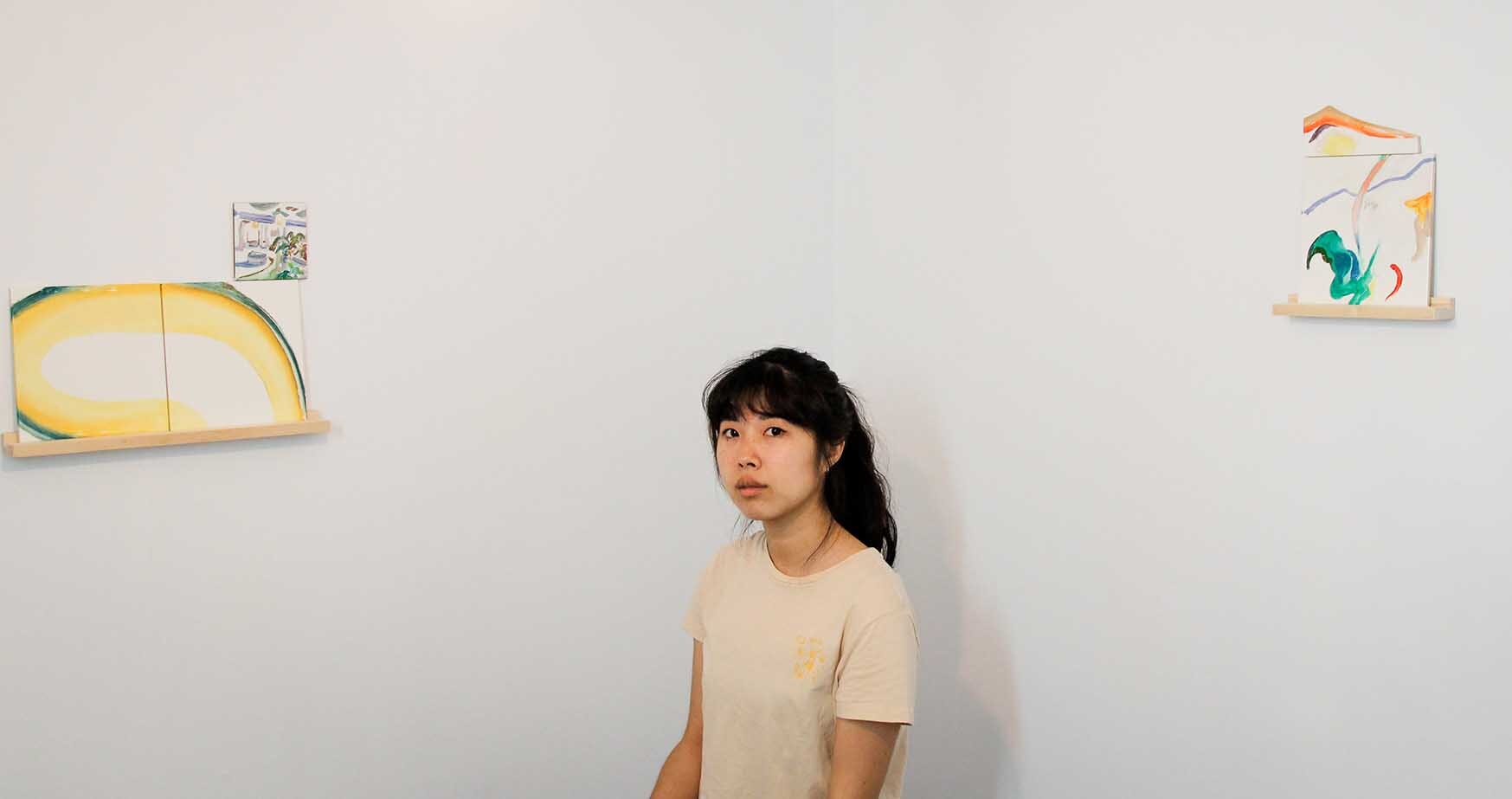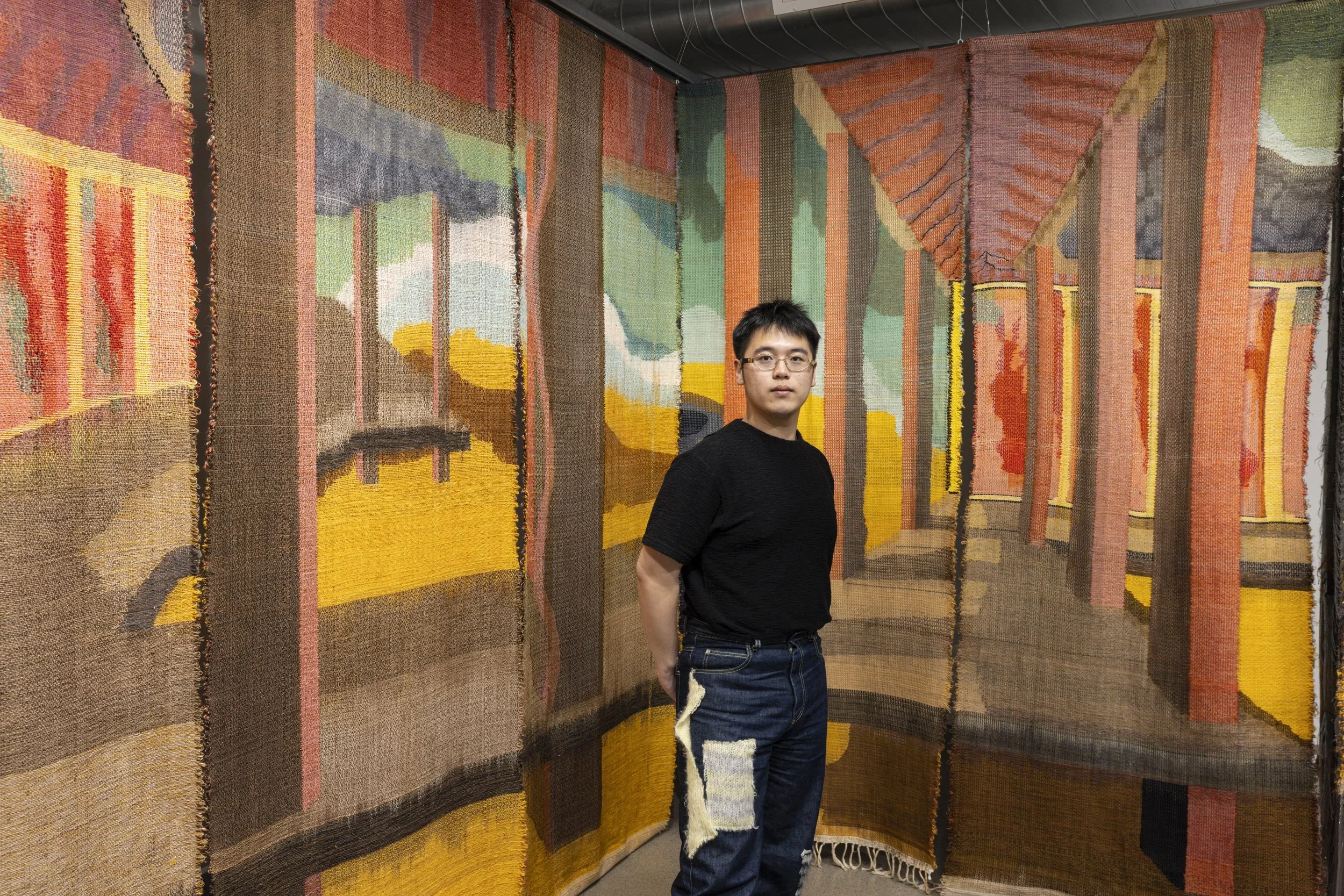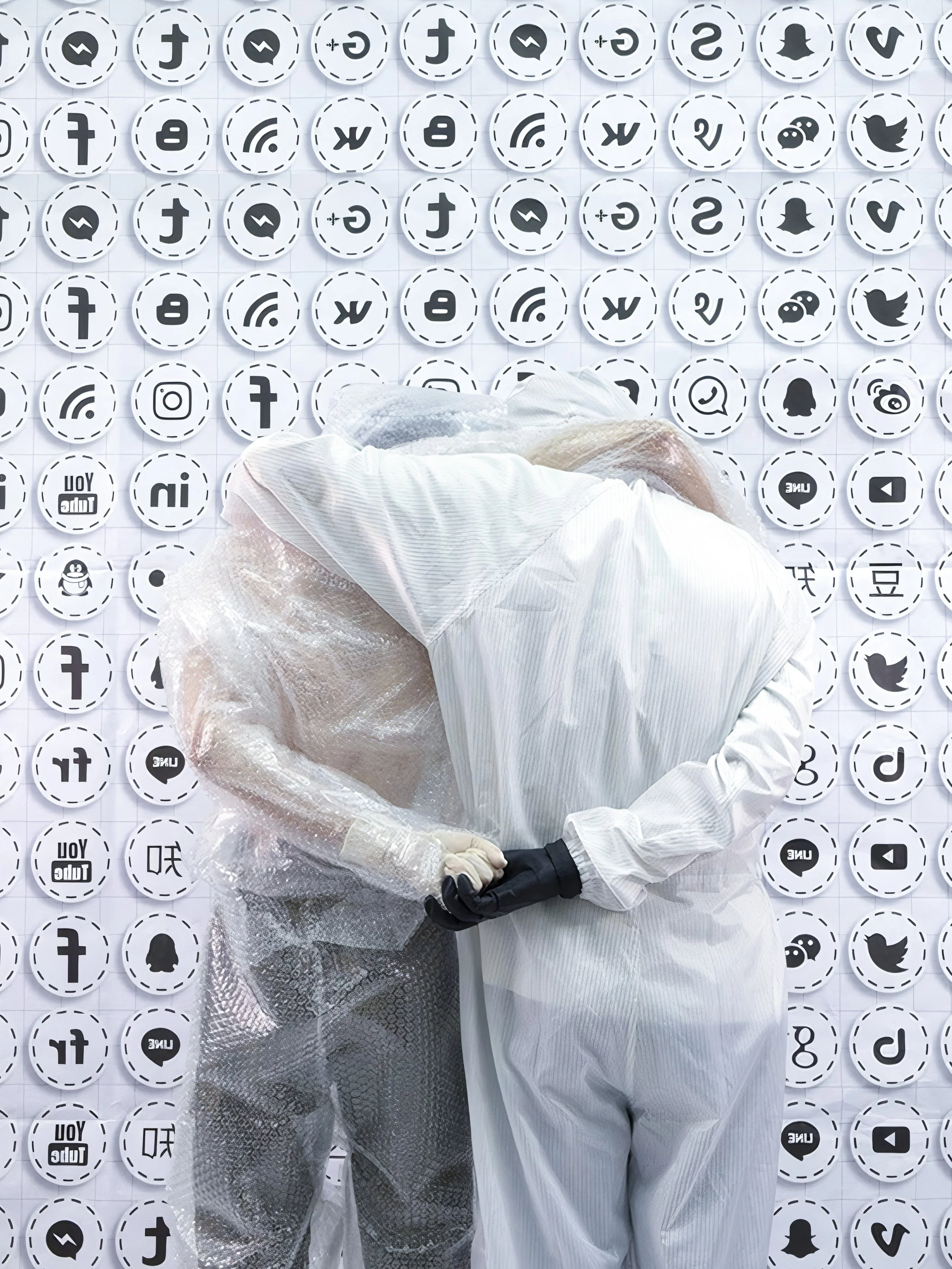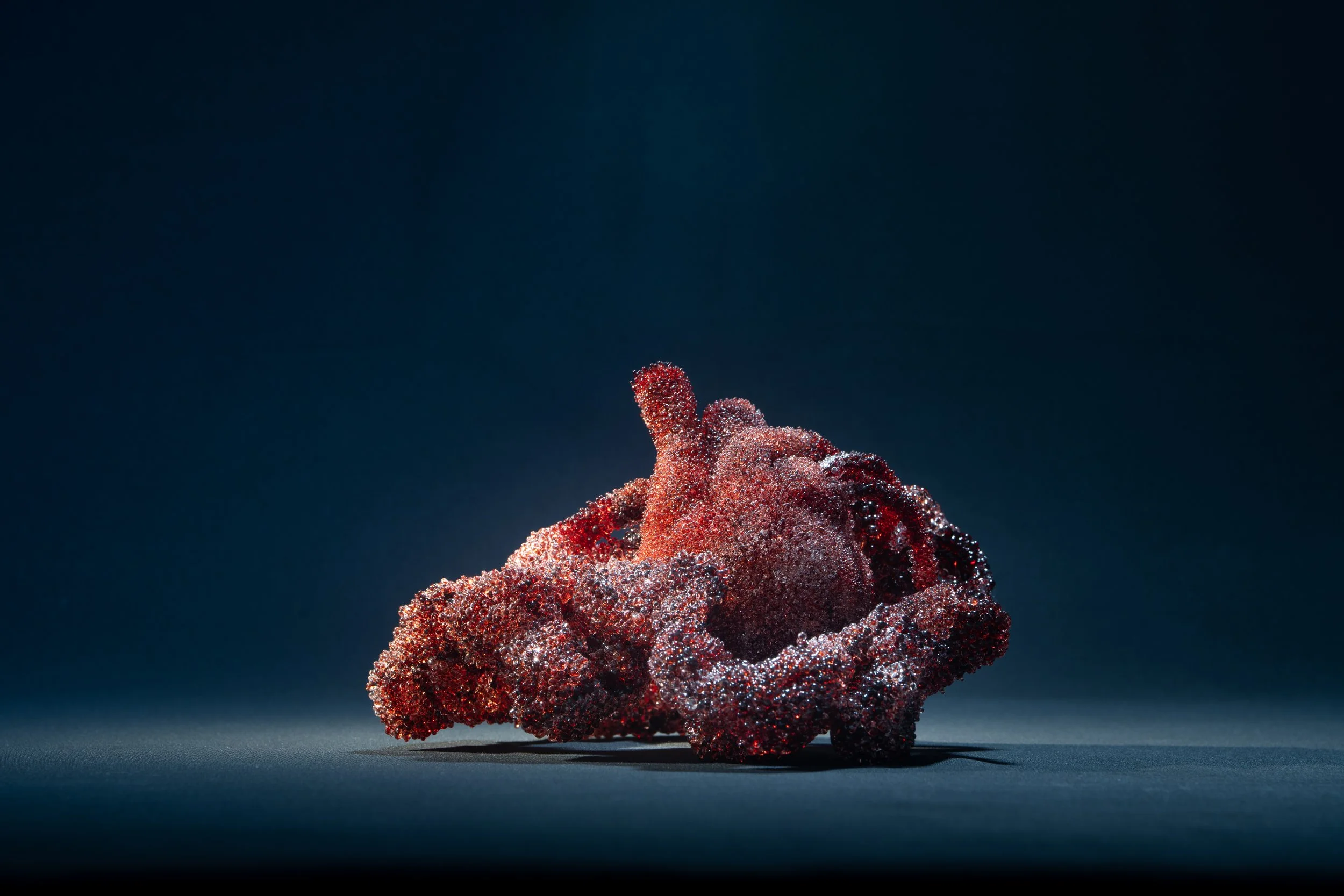11 Questions with Sungwan Huang
Sungwan Huang (1995) is a Taiwanese artist currently living in the Czech Republic.
She holds a BA in Fine Arts from Taipei National University of the Arts. Huang's work focuses on the invisible flow between people and the world, from poetic visual language and objects. Guiding the audience to walk in space and let the image and object inspire each other.
Sungwan Huang©
ARTIST STATEMENT
“My works focus on the communication between people and nature, the energy of flow, and its origins from the daily life experience of family spiritual beliefs. From the observation of living space, I want to let the transcendental spirit have the opportunity to show up. This spirit is also the body and emotional memory left by people in space. The personal narrative also contains the memory and history of the place and even reflects the sensory structure.”
Sungwan Huang©
Sungwan Huang©
INTERVIEW
How would you define yourself as an artist?
I don't want to become stagnant water. I have a feeling of strong eagerness to create things: while I am scrubbing my washbasin, teaching children, and during the Sunflower Student Movement. I know that I am an artist when I start everything from scratch. Professionally, I know the materials and continue to read history and news to create my own version of art history.
What kind of education or training helped you develop your skillset?
I grew up in Lukang, which is a small town with a hundred-year history and well-preserved traditional culture in Taiwan. My mom let me start to learn calligraphy and Chinese painting when I was eight. She would buy me picture books if I get a good grade in school. Because of that, I love reading and drawing, so I have been in the art education system to improve my technique. I completed my bachelor's degree at Taipei University of the Arts. Thanks to the school, l have taken courses in dance, drama, animation, and film and went to the Czech Republic for half a year to exchange. The friends and teachers that I met at different times and places gave me a lot of inspiration. I keep the habit of taking pictures of exhibitions, daily life, and would organize them into my database.
Sungwan Huang©
How do you feel your work is unique and truly your own?
Painting is the basic method and goal of my artistic practice. I capture daily images that share their lives around me, which closely relates to my upbringing: Buddhism, Taoism, and folklore. The painting process's subtle physical and tactile memories are beyond words in terms of content, which looks like a starry sky. Everybody can use his/ her own connections to create their myth. Noone can connect meaning in the same way. When I finish the work and present it, I think it no longer belongs to me completely. The work will expand due to the audience's interpretation.
What themes do you pursue? What inspires you to work?
There is a question that I want to explore: how do people connect with the world?
To answer my question, I should know more about this big world. When I touch the tree bark; when I hear imaginative theories; when I see objects in ruins... I cry, tremble, or my heart beats faster. These feelings make me think that I must create to find out where they are from.
At the same time, I know that many artists work hard in different ways. For instance, the writer Banana Yoshimoto and the artist Jun-Honn Kao inspire me in different ways.
Sungwan Huang©
Could you tell us about your creative process? How do you successfully express your intentions?
I develop a habit of picking up things on the street, and I love to use various parts to form a complete concept. They are trivial, so my task is to read, collect, organize, and make sketches, piecing them together. Through conscious arrangements, such as deliberate changes in lighting or eye height, I make the audience move.
I always take notes and pictures of each work, including feedback from the audience. Based on this documentation, I can think again, re-exhibit, and re-tell it again.
Sungwan Huang©
What do you believe is a crucial element in creating a good painting?
Being able to perceive the connection and changes between myself and my surroundings is crucial in my practice. It is necessary to be in the studio, but I also think other bodily experiences are also very important. For example, I love walking. I can change my posture any time while I am walking: squatting down or jumping up. Walking is also an act that could bridge the short distance between people and all sorts of things.
The puzzling and most fascinating thing about painting is that even if you have a plan, it will continue to flow and change. So you need to work non-stop and talk to the painting.
How do you see the project evolving in the next five years?
This project is formed by cutouts from the canvas and then pasted in the glasshouse. The paintings are hung and placed as a backdrop, as the surroundings are also included in the discussion to open up the discussion between artworks and space. Not only the work itself, but the environment must also be experienced with the body.
It can be said that this work took me to Vietnam and the Czech Republic, and the visual elements added different thinking. My new project is in progress, and it is expected that the audience will enter a space like cabins of curiosities, rather than a temperate white box.
Sungwan Huang©
Any shows, galleries, or publications where our readers can find your work?
There are some illustrations published in Pavilonesque magazine, which was launched by artist Paulina Olowska in 2020. And I have a solo exhibition coming up in Taiwan from March 10 to May 8, 2021. Welcome to check my website for more information. https://sungwan.wixsite.com/sungwan



























